October 27, 2017
HR Directors turning their attention to workplace design and experience
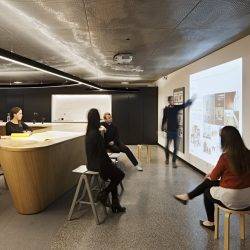 The role of HR Directors is going to change in the future as they will increasingly become “curators” of the office, charged with generating the right atmosphere to inspire millennial workers, according to a study of 100 HR Directors by Unispace. The study claims found that there will be greater HR ownership of the physical workplace in the future as human resources becomes more focused on the employee “experience”. A key to future success will be ensuring workers are “engaged with the workplace” and enable them to collaborate in better ways and become more productive. A recurring theme identified during the interviews was a change to the overall decision-making process around physical space. Previously the remit of property and facilities management, it now includes HR representation as standard practice in large organisations. Bringing HR to the table enables the working environment to embody organisational values and contribute towards achieving strategic “people-led” business objectives, such as better staff retention and productivity.
The role of HR Directors is going to change in the future as they will increasingly become “curators” of the office, charged with generating the right atmosphere to inspire millennial workers, according to a study of 100 HR Directors by Unispace. The study claims found that there will be greater HR ownership of the physical workplace in the future as human resources becomes more focused on the employee “experience”. A key to future success will be ensuring workers are “engaged with the workplace” and enable them to collaborate in better ways and become more productive. A recurring theme identified during the interviews was a change to the overall decision-making process around physical space. Previously the remit of property and facilities management, it now includes HR representation as standard practice in large organisations. Bringing HR to the table enables the working environment to embody organisational values and contribute towards achieving strategic “people-led” business objectives, such as better staff retention and productivity.





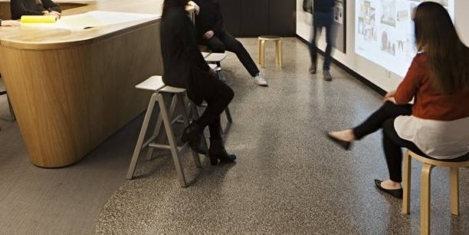


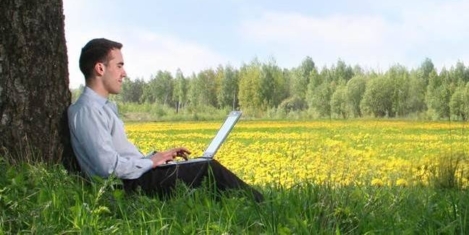
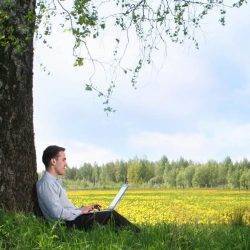
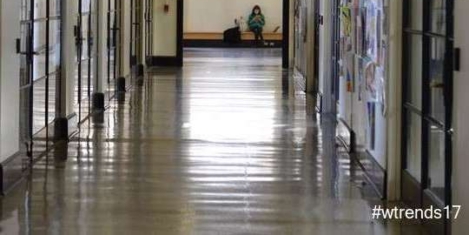
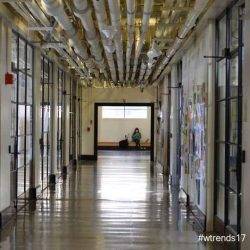 Those working within the built environment are already in the change business, was the view of Neil Usher of
Those working within the built environment are already in the change business, was the view of Neil Usher of 


 Half of employees feel their organisation doesn’t have the right tech skills and nearly half in a recent survey (44 percent) feel their organisation isn’t transforming into a digital led company fast enough, claims a survey by Sungard Availability Services. Digital workplace transformation has been a big talking point in recent months, yet 38 percent in a survey of over 2,000 IT decision makers and employees believe their organisation isn’t committed to digital transformation; with 36 percent not getting the training for the tools. It’s apparent that digital transformation is highly thought of in the work place and impacts employee retention with 36 percent of employees open to leaving their current job for a more digitally-progressive company. Over 50 percent believe career progression is better at digitally led companies and 69 percent say digital tools would help them to do their job better. Said Chris Ducker, Senior Director Global Proposition Strategy: “Digital is compulsory, not only to stay competitive in the market, but also to attract and retain key staff” See the full survey
Half of employees feel their organisation doesn’t have the right tech skills and nearly half in a recent survey (44 percent) feel their organisation isn’t transforming into a digital led company fast enough, claims a survey by Sungard Availability Services. Digital workplace transformation has been a big talking point in recent months, yet 38 percent in a survey of over 2,000 IT decision makers and employees believe their organisation isn’t committed to digital transformation; with 36 percent not getting the training for the tools. It’s apparent that digital transformation is highly thought of in the work place and impacts employee retention with 36 percent of employees open to leaving their current job for a more digitally-progressive company. Over 50 percent believe career progression is better at digitally led companies and 69 percent say digital tools would help them to do their job better. Said Chris Ducker, Senior Director Global Proposition Strategy: “Digital is compulsory, not only to stay competitive in the market, but also to attract and retain key staff” See the full survey 



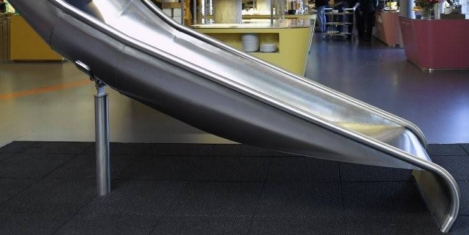
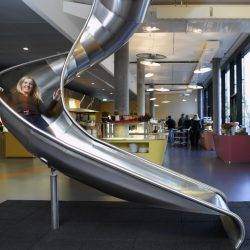
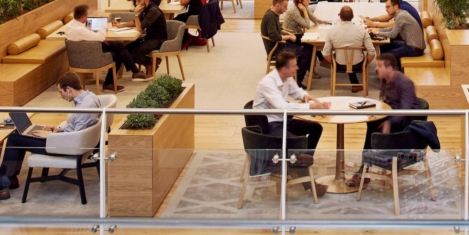
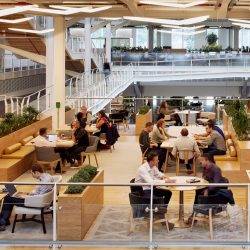
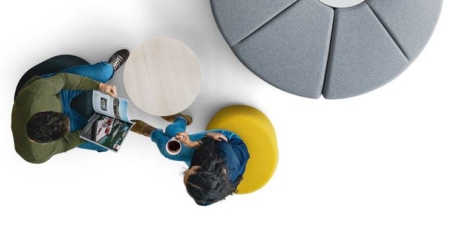
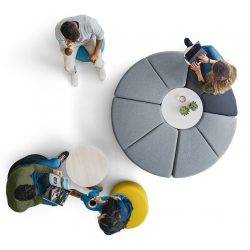








October 20, 2017
Seven workplace stories we think you should read this week (apart from ours)
by Mark Eltringham • Comment, Facilities management, Technology, Workplace design
Automation and Artificial Intelligence bullshit
Science in the gig economy
The seven deadly sins of AI predictions
The flight of people back to the suburbs
The changing psychology of the workplace
The rock and roll workplace